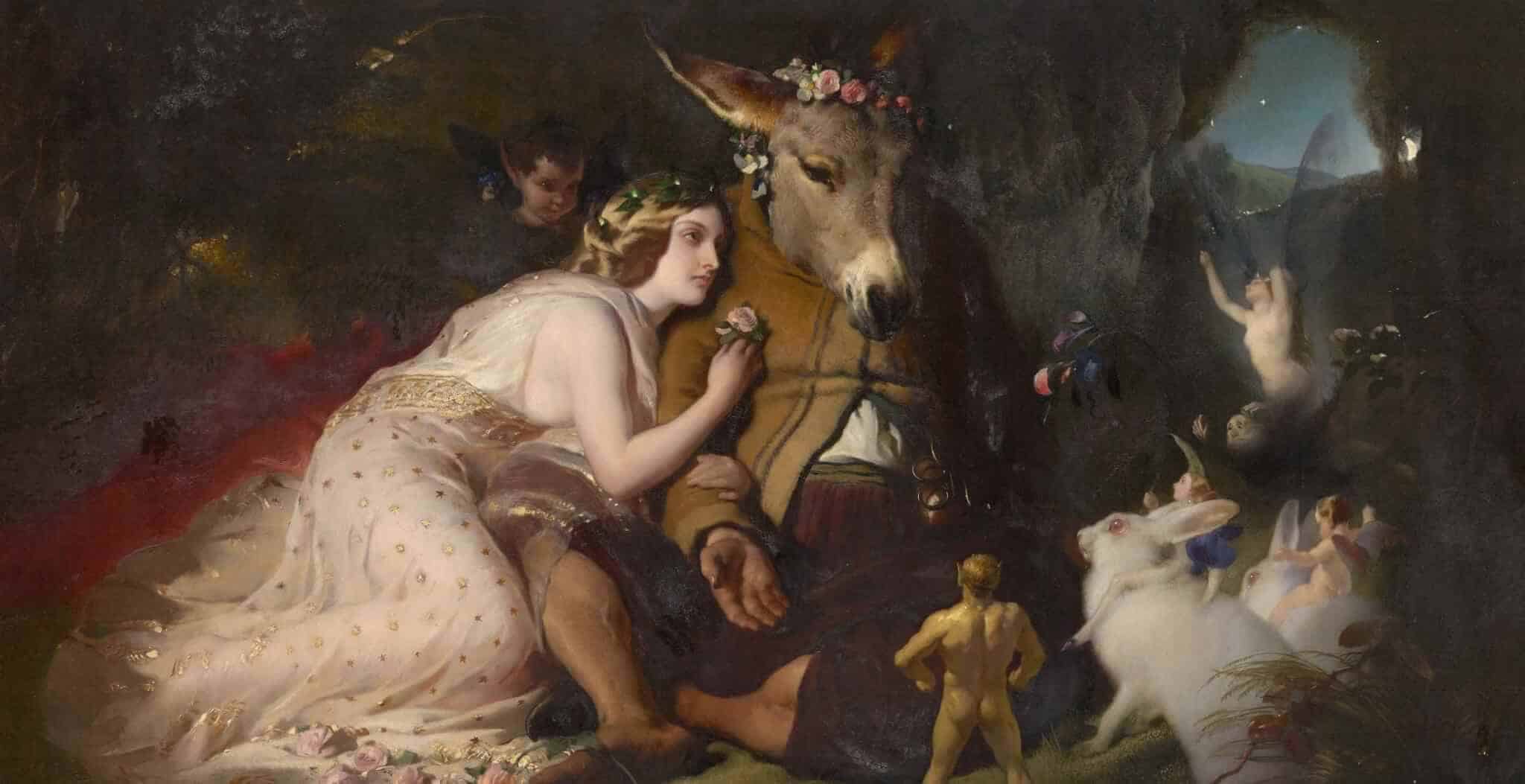30+ Faerie Folklore
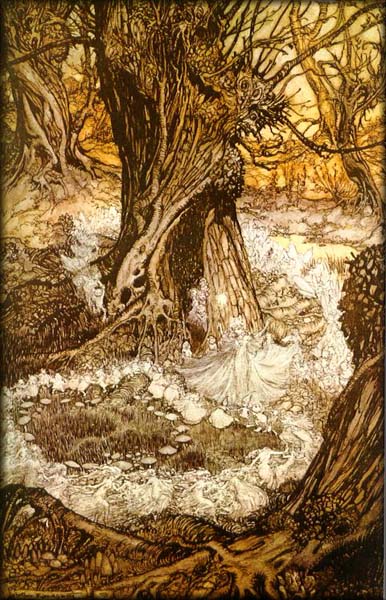
It is commonly used to refer to faeries.
Faerie folklore. Many consider sidhe to be the true faerie folk and various explanations for this are given. They are another great. Folklore february 26 2020 february 25 2020 by ronel janse van vuuren. Faery folk or the fae are an ancient race of people who lived. That is providing they recover enough to even speak about it because meeting the fairy folk can lead to abduction madness and even death. Fairies of folklore were vicious vindictive and cruel embodying forces of nature lesser deities or even the spirits of the dead depending on the legend and often appearing as monstrous figures rather than the winged pixie like beings we associate the word with today. Pixie and goblins that appear in later folklore.
Myths and stories about fairies do not have a single origin but are rather a collection of folk beliefs from. Selkies are such marvellous fae. Since there are many types of faeries there will only be articles on faeries that have parallel to or has antecedents from the mythical beings of the celtic mythology. You will often hear the term daoine sidhe pronounced deenee shee meaning faerie folk mentioned in these parts. So there won t be many faeries that are found in this page about fairies eg. They ve captured the imagination of artists writers and folklore enthusiasts. Faeries mythology stories this is the gaelic term for a burial mound and in ireland.
Fairy also spelled faerie or faery a mythical being of folklore and romance usually having magic powers and dwelling on earth in close relationship with humans. Lore beltane is the time when nature comes alive and the spirits of nature are most active. Not only are they able to take two forms they are also able to grant wishes and bring luck. The term fairy is peculiar to the english language and to english folklore reflecting the conflation of germanic celtic and romance folklore and legend since the middle english period it is a romance word which has been given the associations of fair by folk etymology secondarily. Many accounts within irish folklore describe people who have had a much more disturbing fairy encounter and those who speak of these experiences are very often traumatised by what has happened to them. Likewise a legend from pont y wern says that in the 13th or 14th century the inhabitants of the town of corwrion watched fairies dancing in a ring around a glow worm every sunday after church at a place called. It is the time when faeries are most likely to be seen.
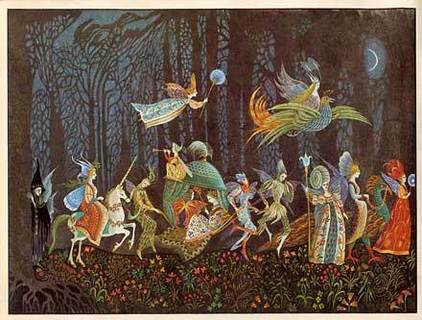
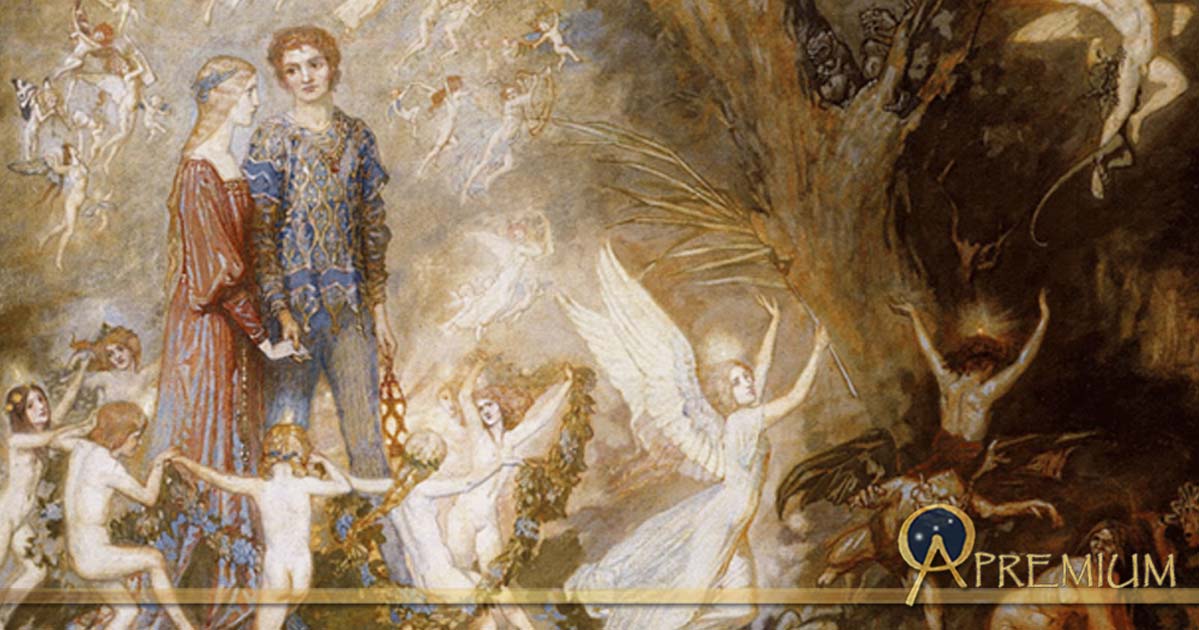

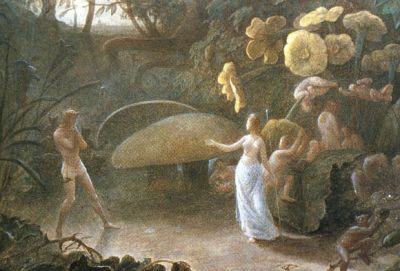



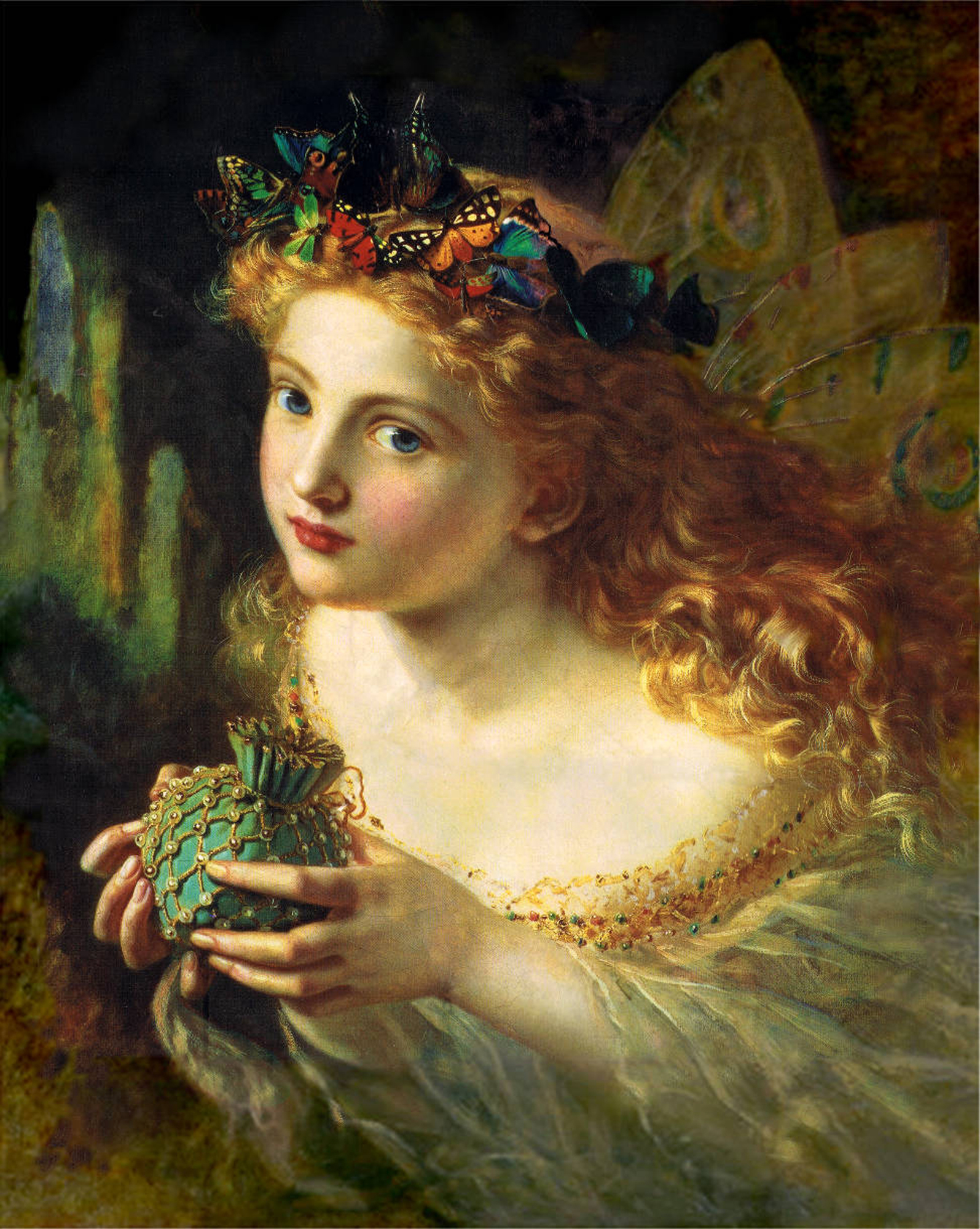
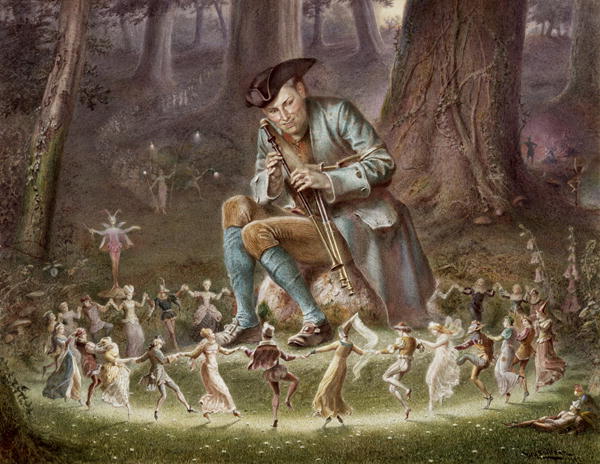

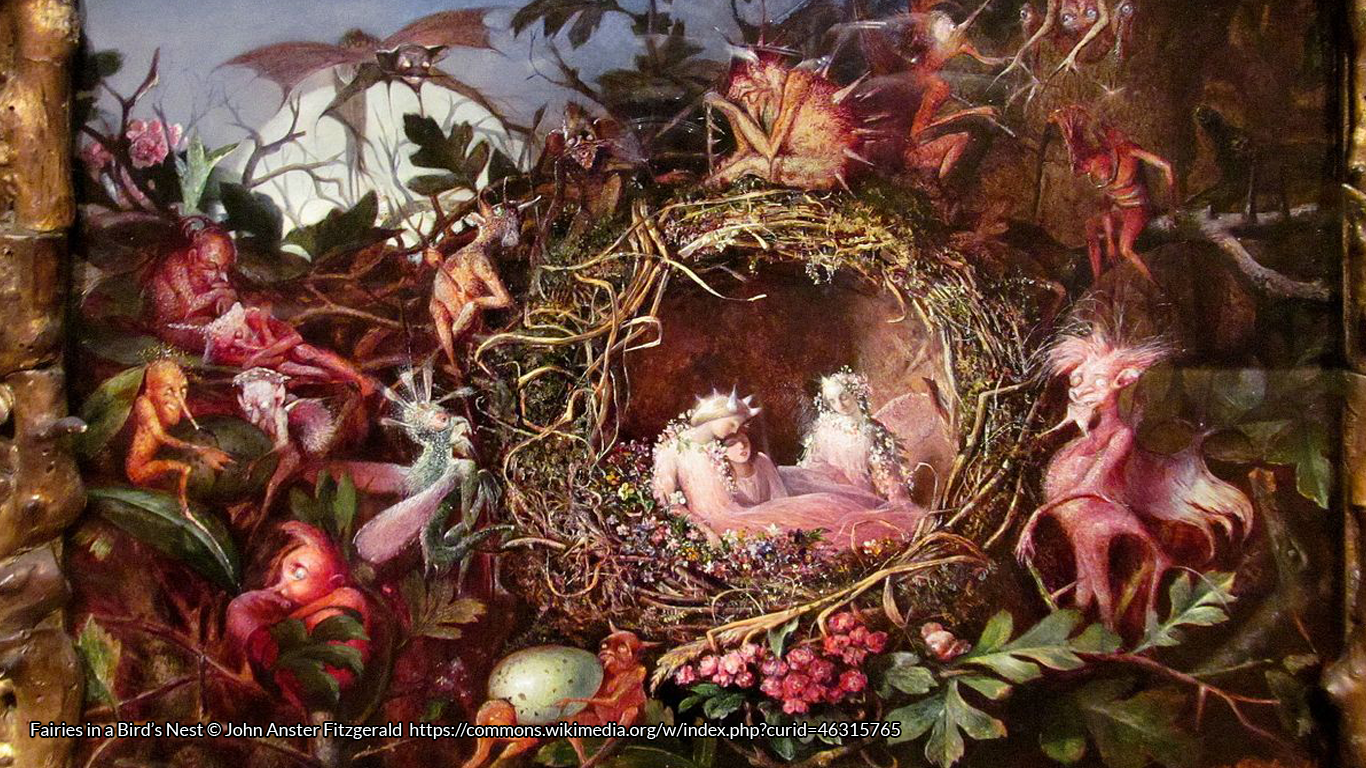

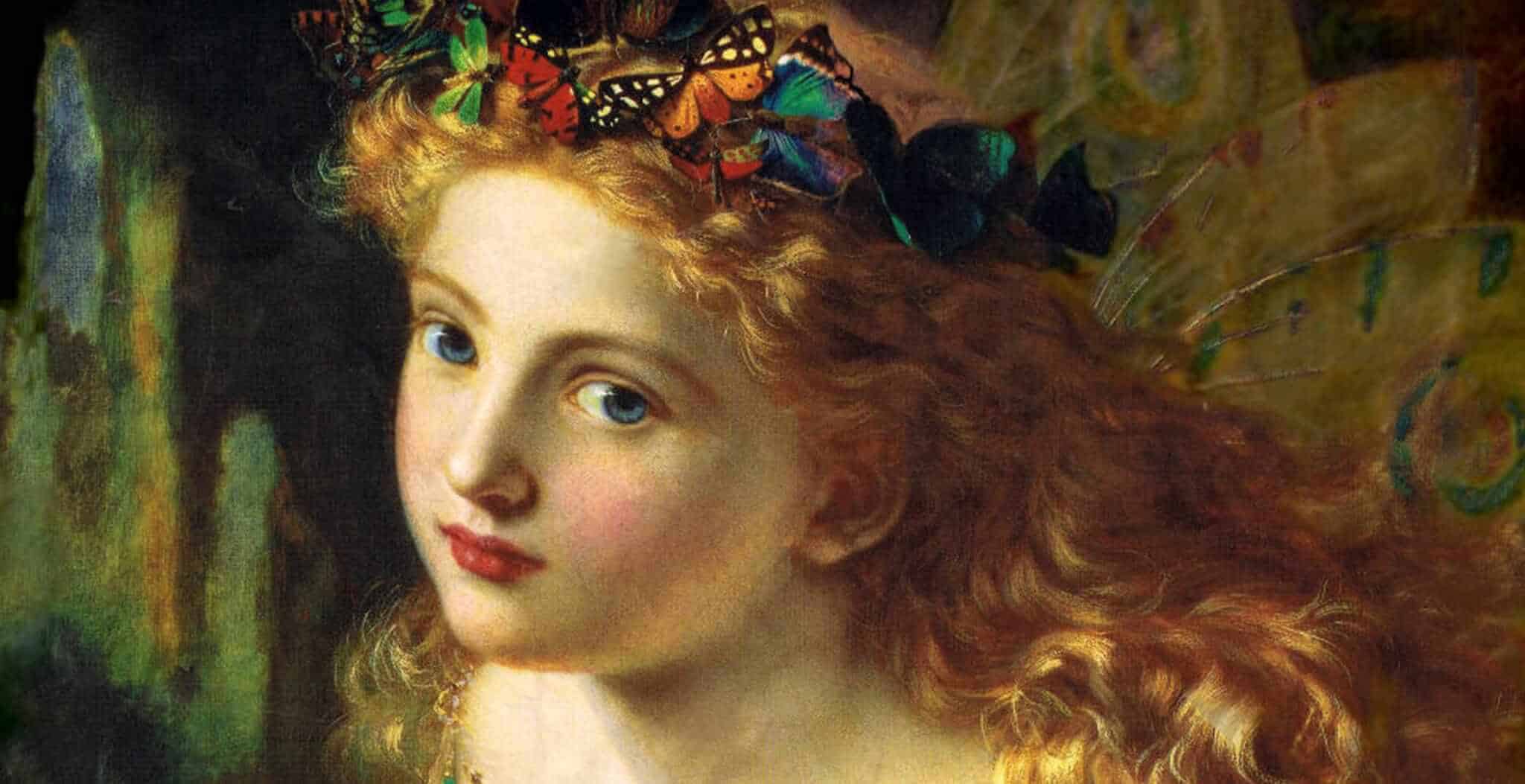




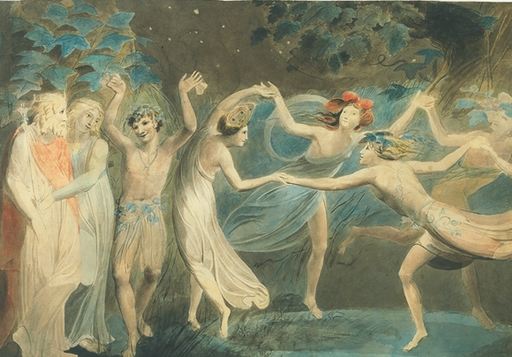
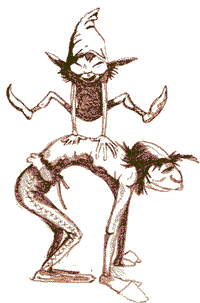


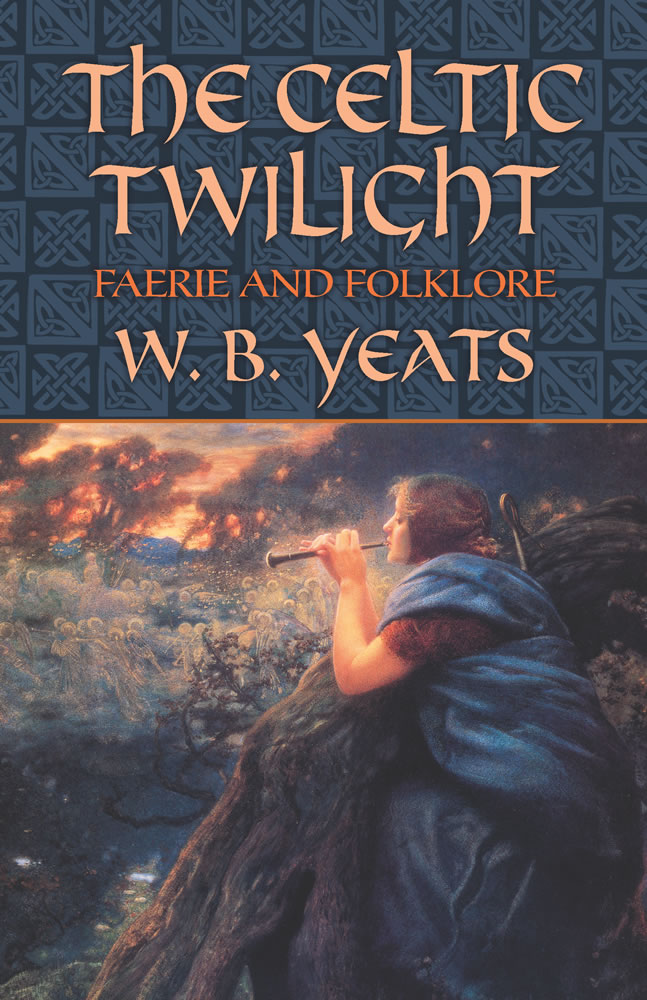
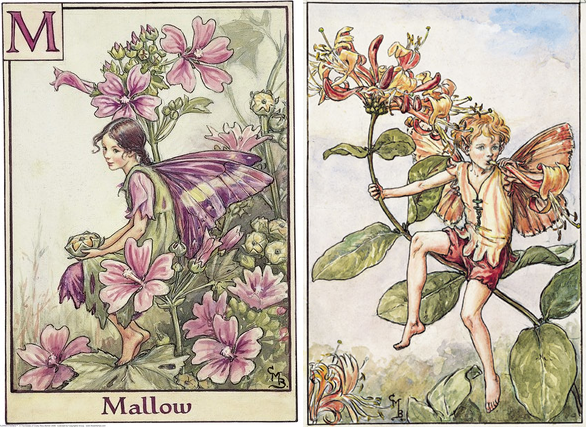



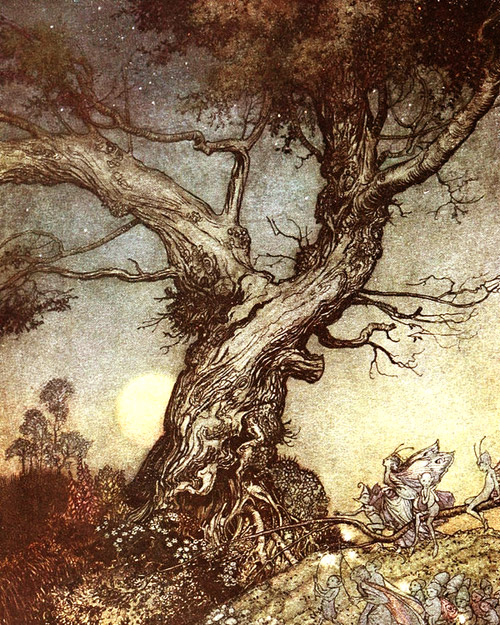
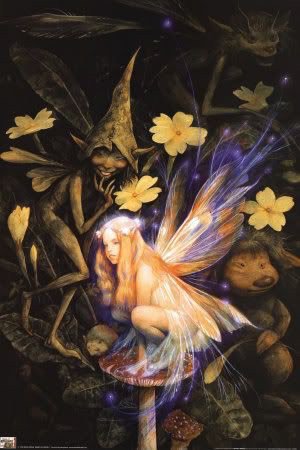
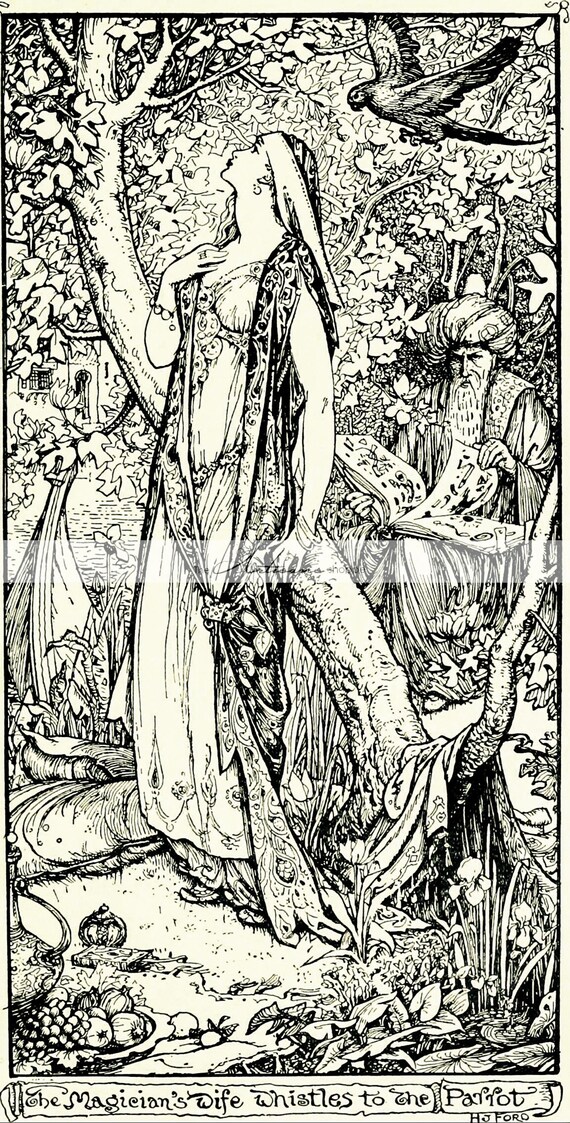



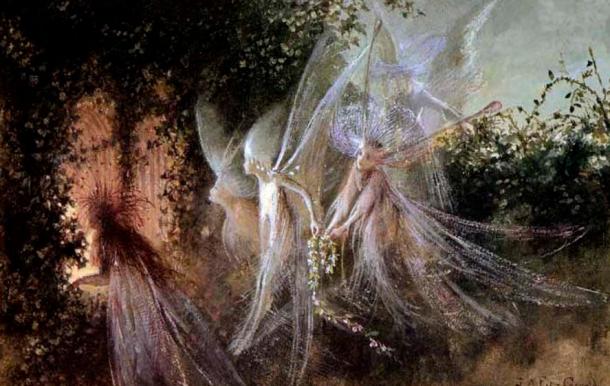
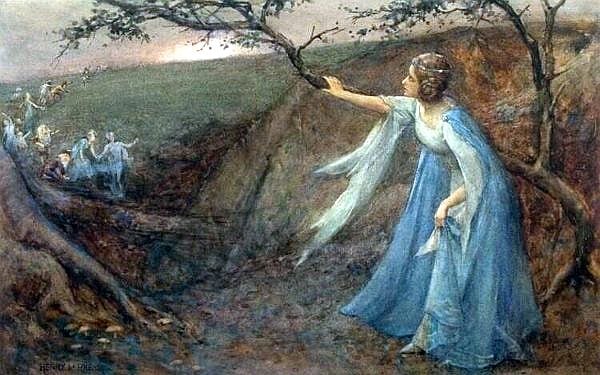
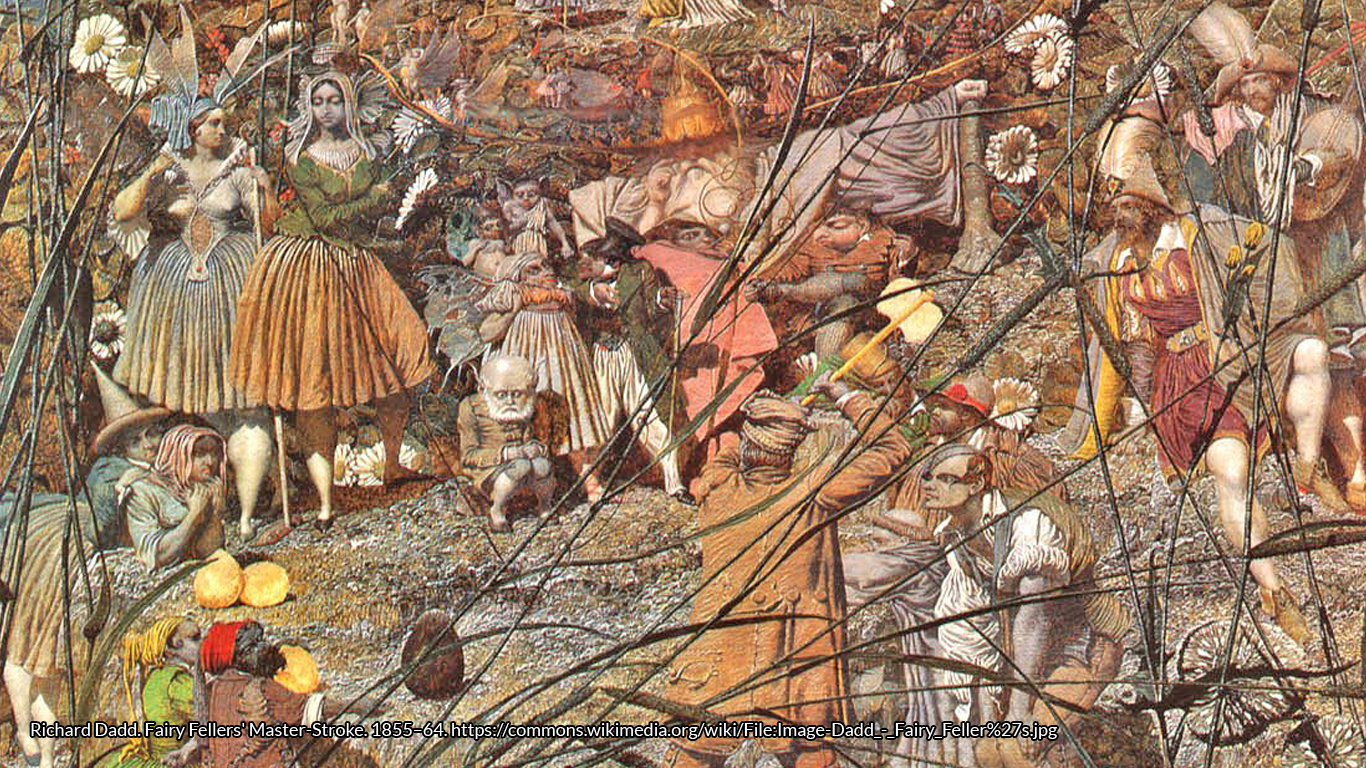
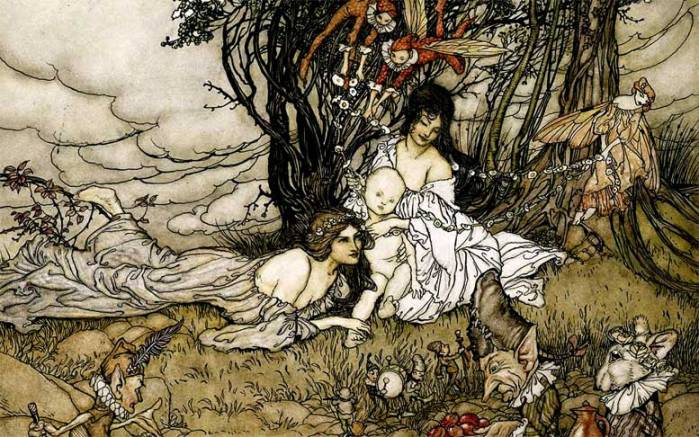




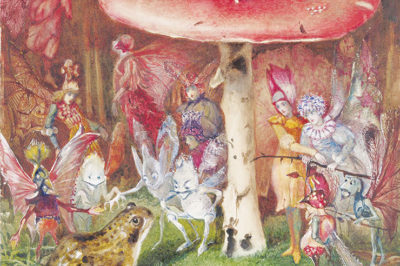
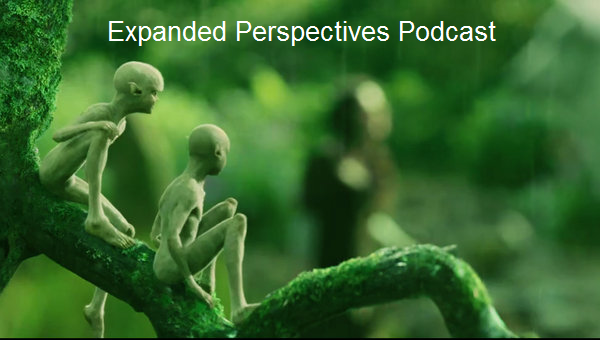

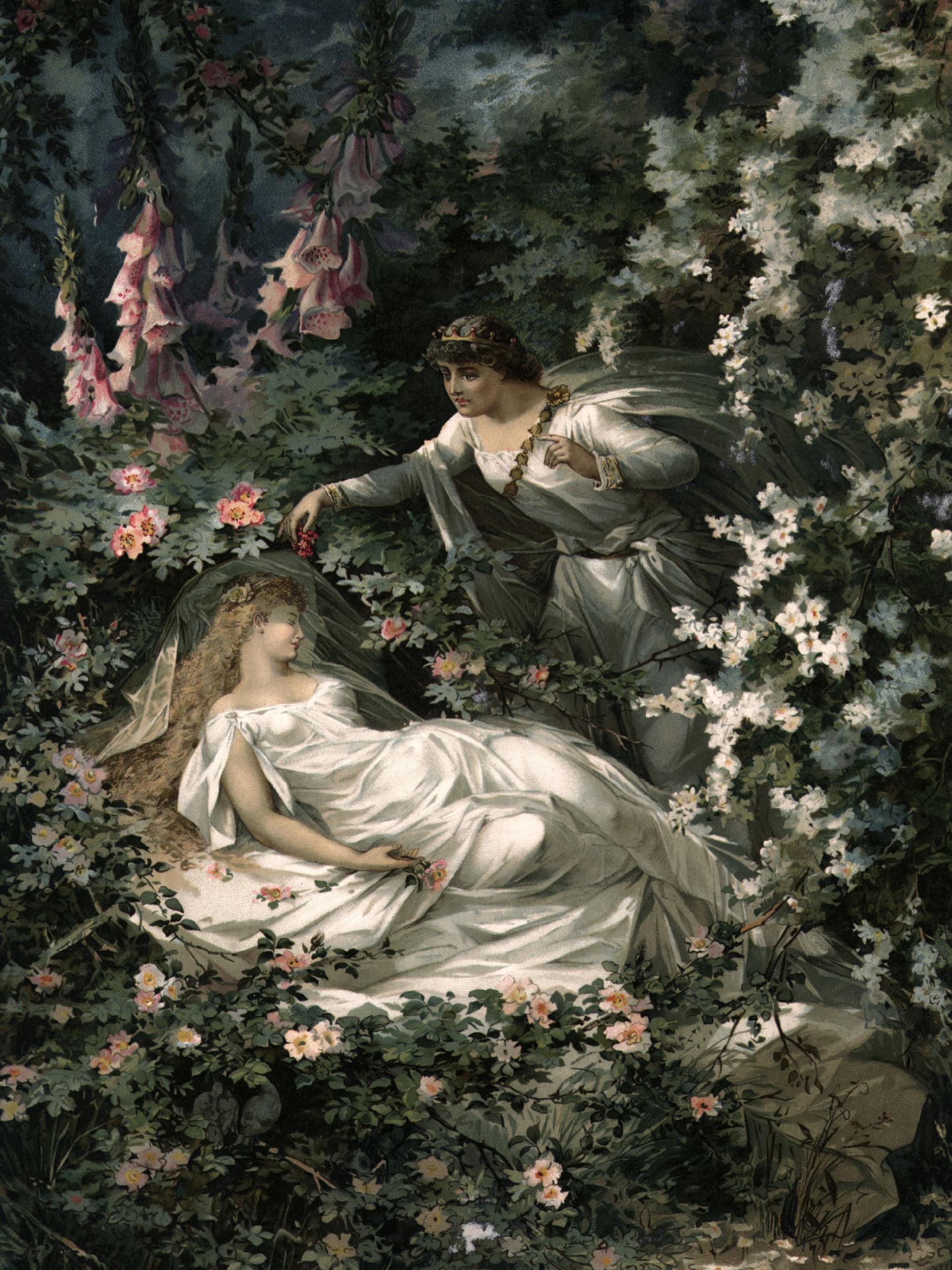




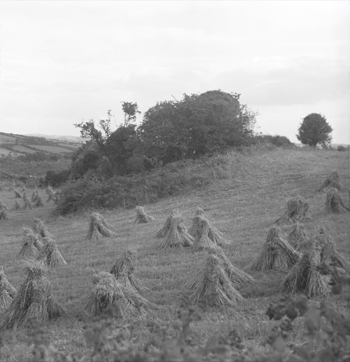





:max_bytes(150000):strip_icc()/GettyImages-1054985296-c1e5b9b114774c769c49e532eb3683b8.jpg)


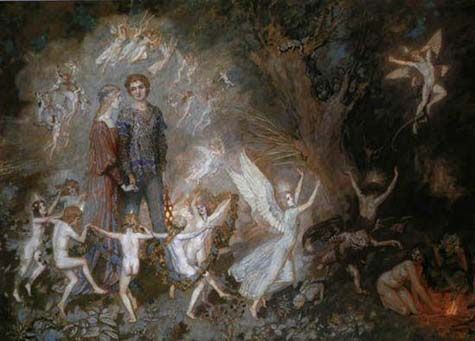

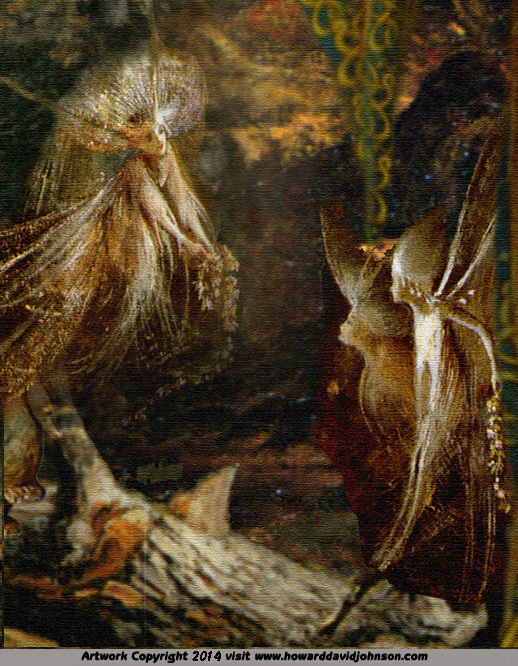


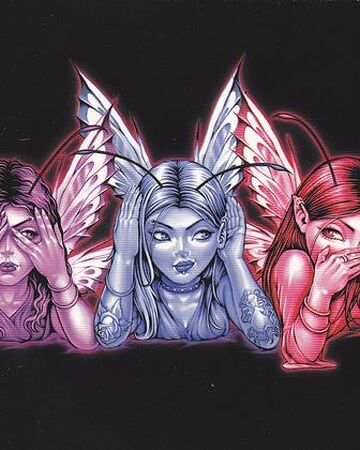


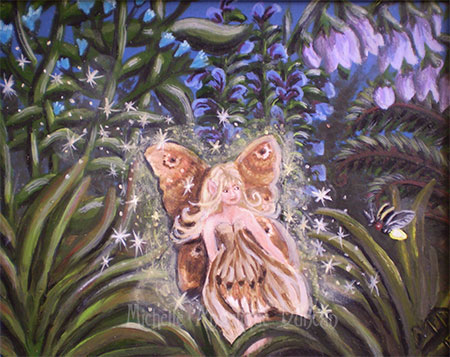
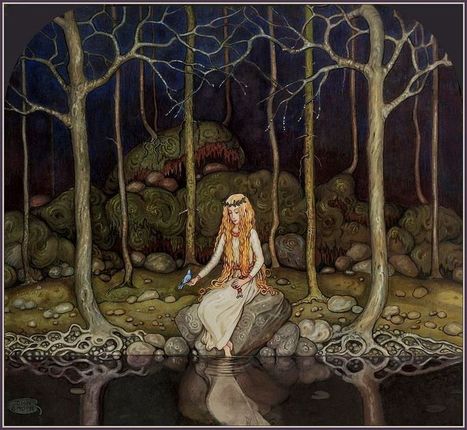



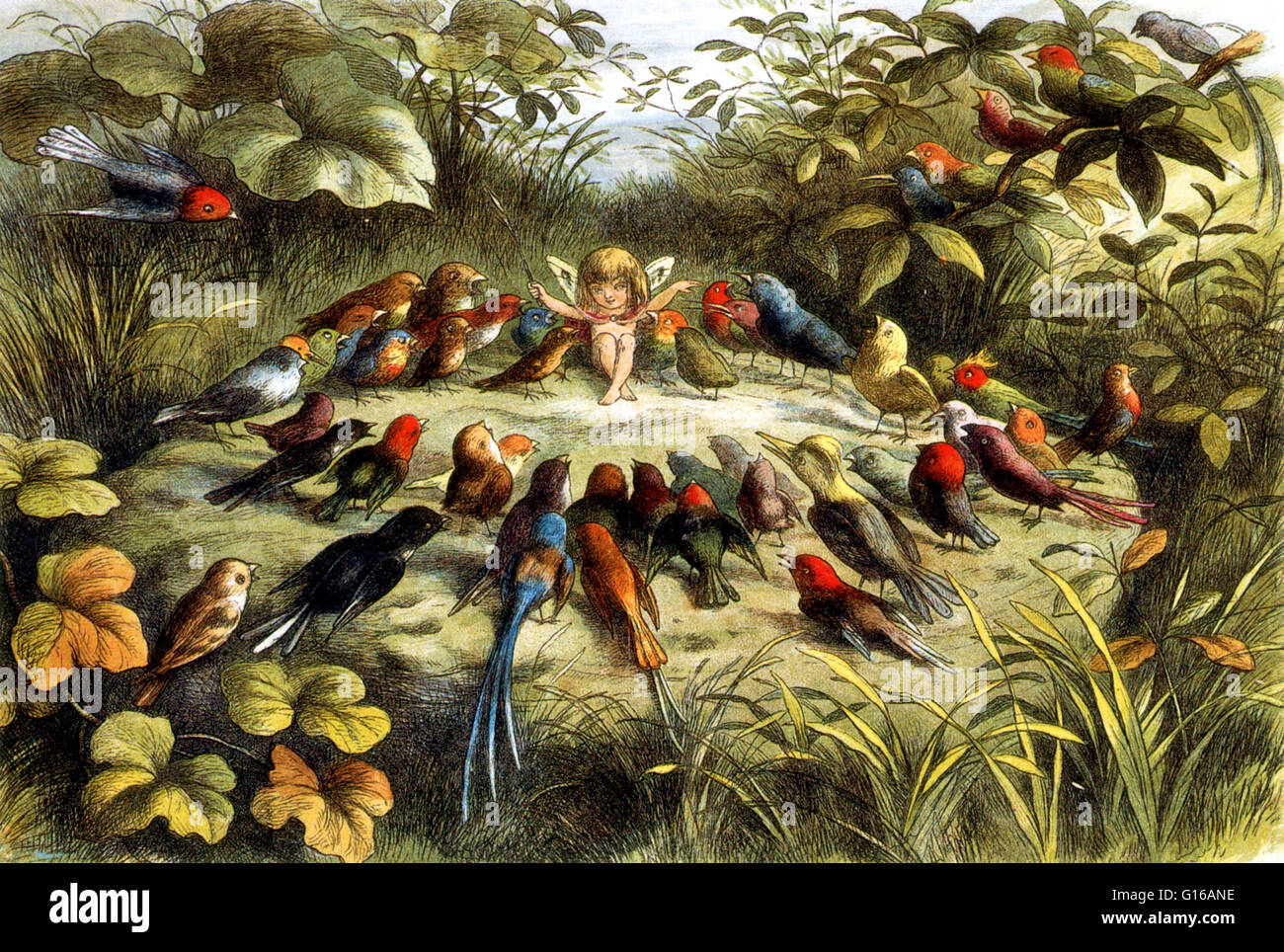
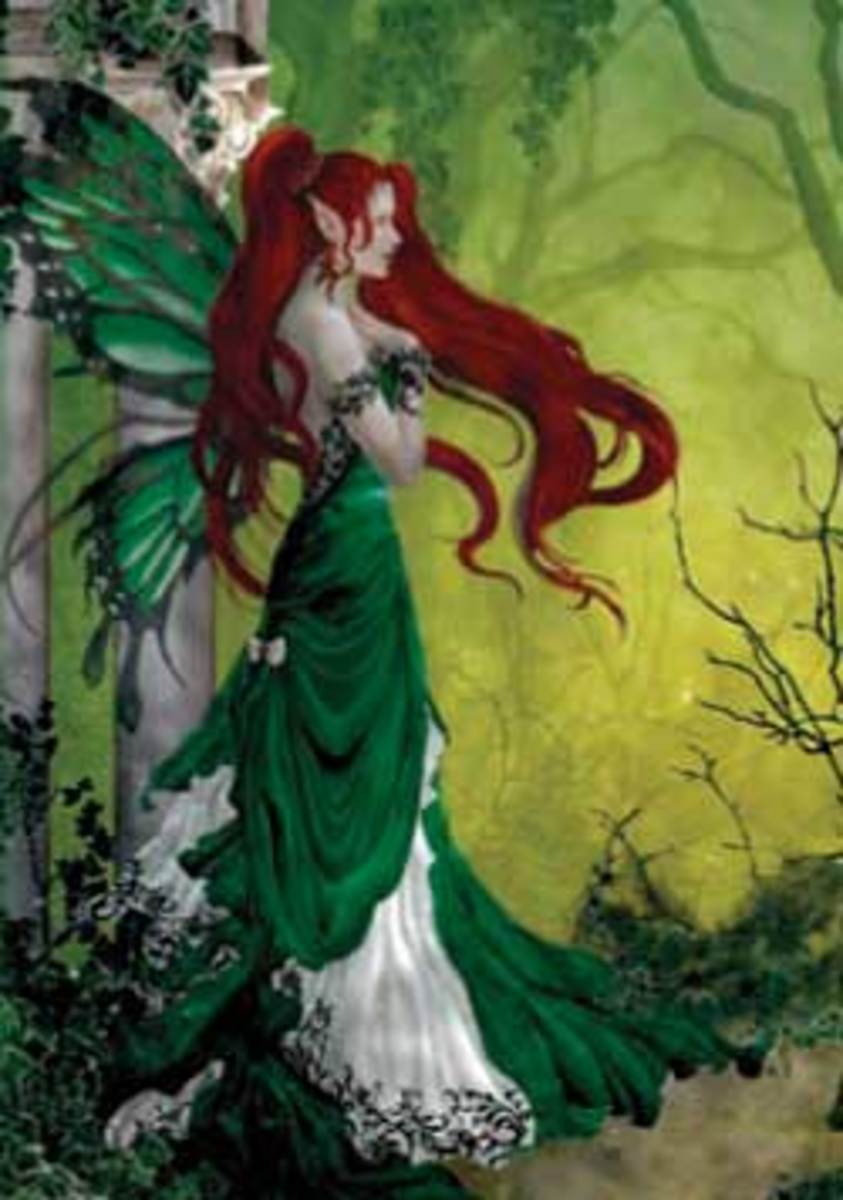
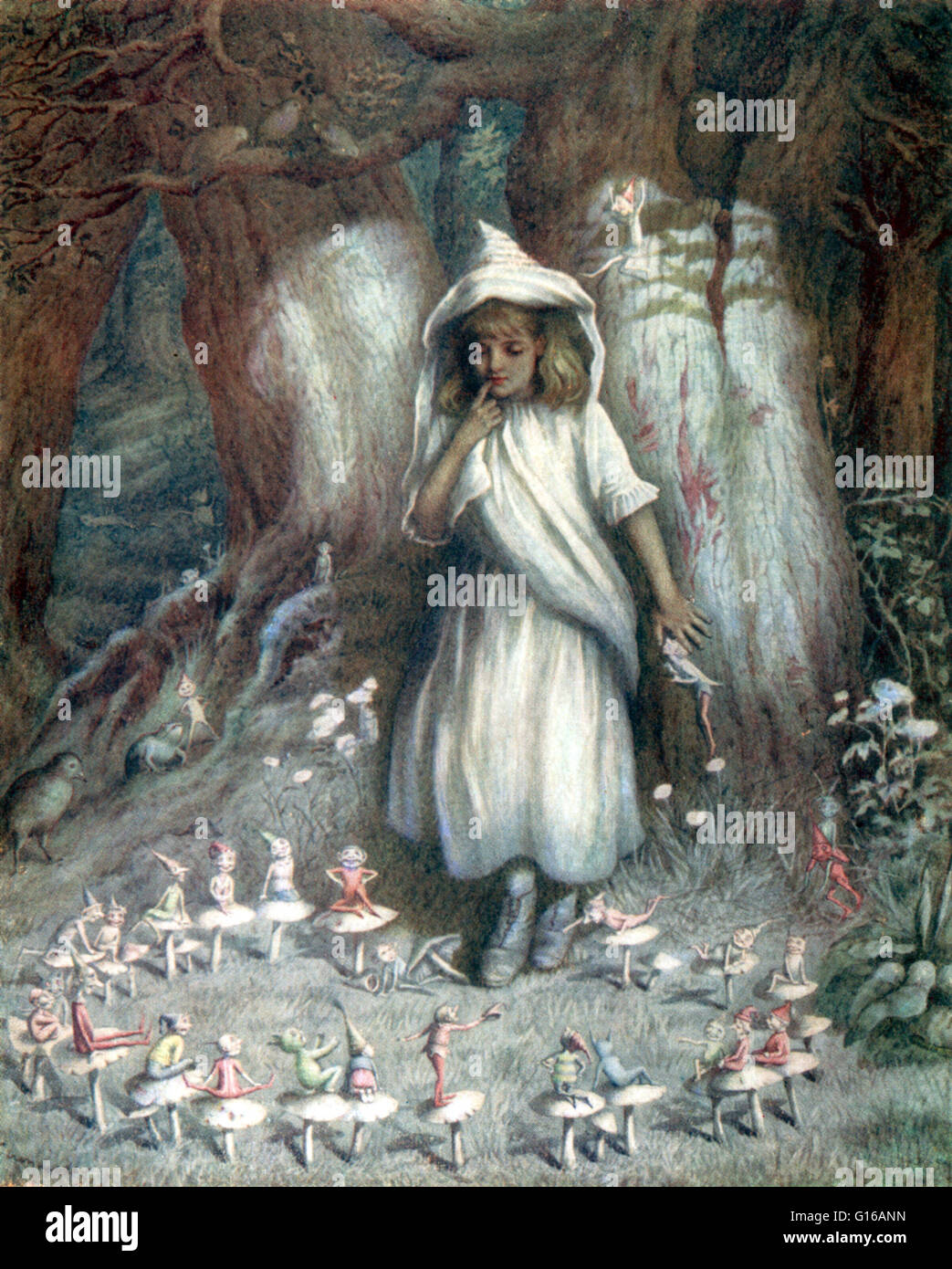
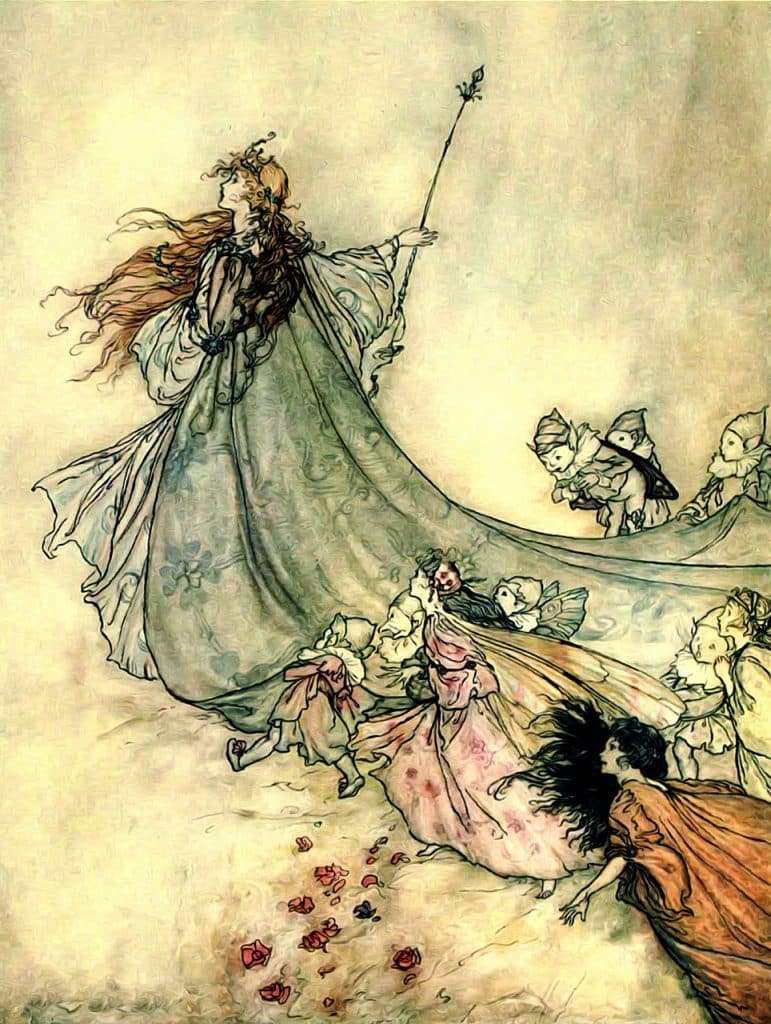


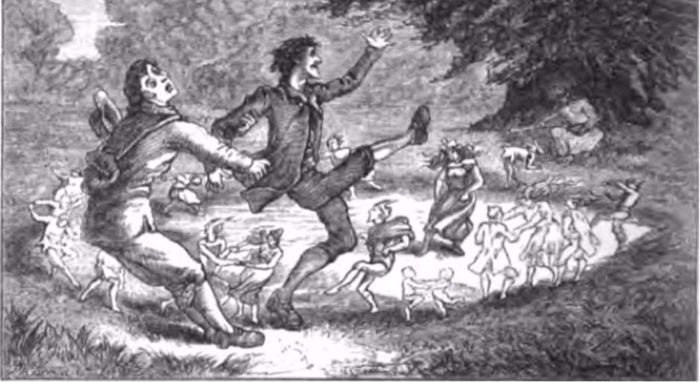
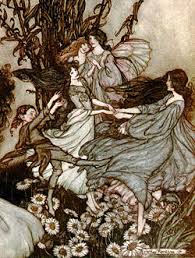


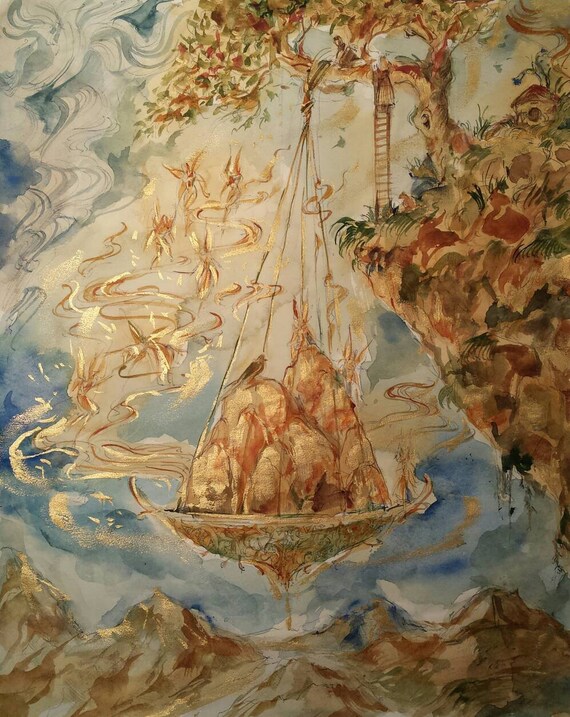
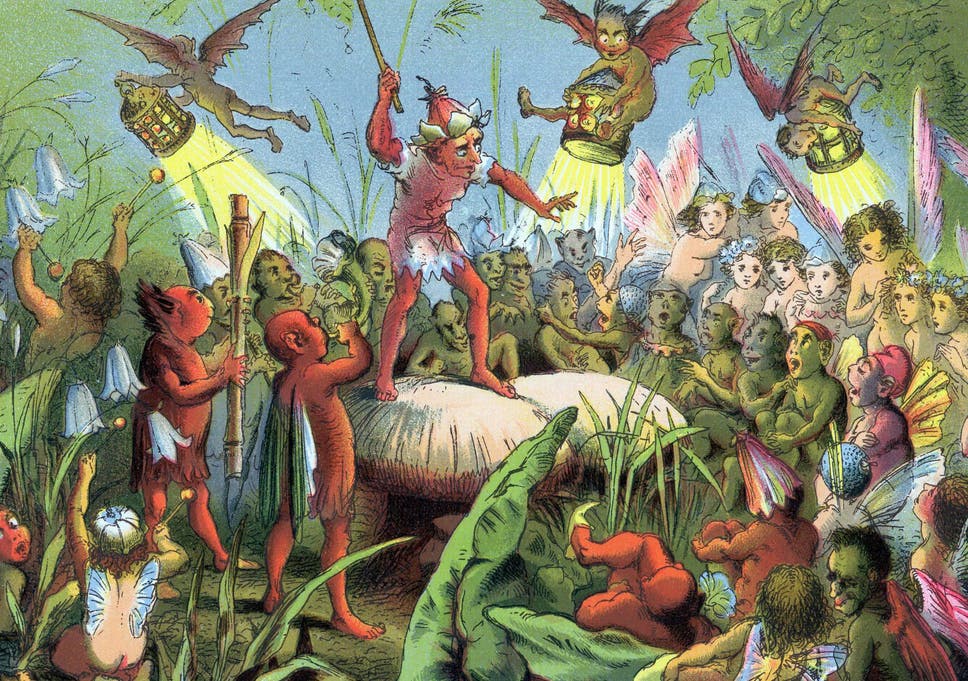
:max_bytes(150000):strip_icc()/fairy-water-nymph-sitting-at-the-pond-498571839-5c1f9896c9e77c000120c11b.jpg)
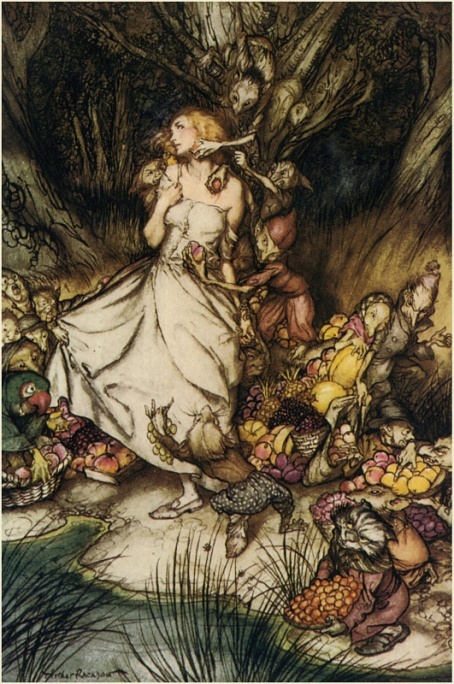
/a-girl-in-fairy-costume-running-and-thowing-grass-107850678-5c1f96b846e0fb0001aec538.jpg)

